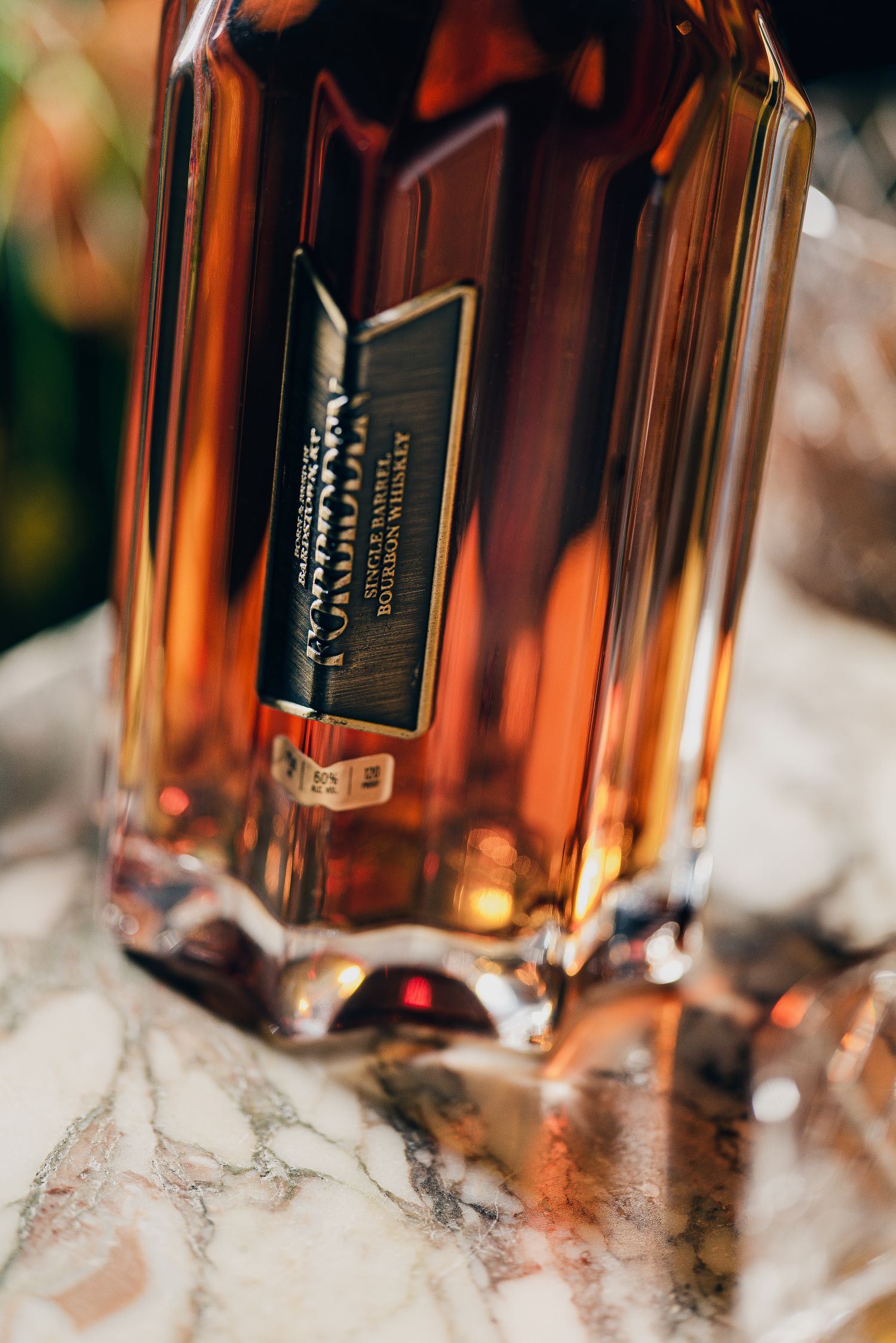
Wheat vs Rye Bourbon: A Tale of Two Mash Bills
When enthusiasts ask about wheat vs rye bourbon, they are really asking about two distinct approaches to flavor. Rye brings spice, heat, and sharp edges. Wheat, on the other hand, softens the palate and opens room for caramel, vanilla, and gentle fruit notes.
Neither style is better in every situation, but the choice between rye and wheat sets the stage for the entire flavor journey. It shapes whether the spirit feels bold and peppery or smooth and layered.
What Types of Bourbon Are There?
To understand the wheat and rye debate, it helps to step back and consider what types of bourbon are there. At its core, bourbon must contain at least 51% corn, be aged in new charred oak barrels, and meet other legal standards. Within those rules, distillers experiment with secondary grains that create different styles:
• Traditional Rye Bourbon: Corn, rye, and malted barley. Known for spice, boldness, and intensity.
• Wheated Bourbon: Corn, wheat, and malted barley. Recognized for smoothness, sweetness, and softer edges.
• Other Variations: High-rye or high-wheat bourbons, and even experimental blends that explore new balances of flavor.
Each type tells a different story, but the choice of secondary grain often defines how approachable or assertive the bourbon feels.
Forbidden’s Redefinition of Wheat
At Forbidden, wheat is not just a substitute for rye. It is the foundation of a flavor-forward philosophy. Our use of white wheat brings a velvety texture, white corn delivers layered sweetness, and barley supports the structure. By sourcing 100% food-grade grains, we elevate wheat from a softener to a bold statement.
This philosophy shines in our Small Batch Select, where balance and harmony guide the sip, and in our Single Barrel Bourbon, which highlights the individuality of each cask.
Standing Out in a Rye-Dominated World
Rye bourbons may dominate the shelves, but wheated bourbon holds its own through character and nuance. It can be bold without being harsh, smooth without being simple.
When crafted with care, as it is at Forbidden, wheated bourbon becomes more than an alternative—it becomes a statement. It demonstrates that tradition and innovation can coexist, and that wheat has a voice strong enough to rival rye in shaping the future of bourbon flavor.